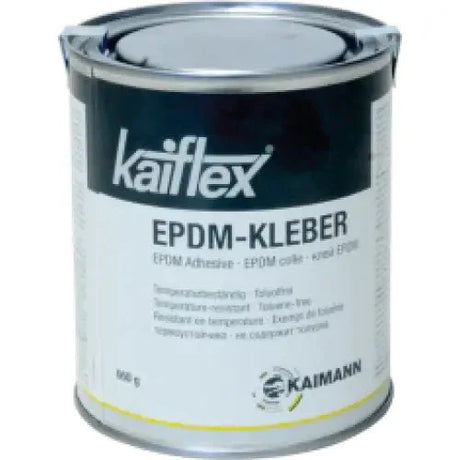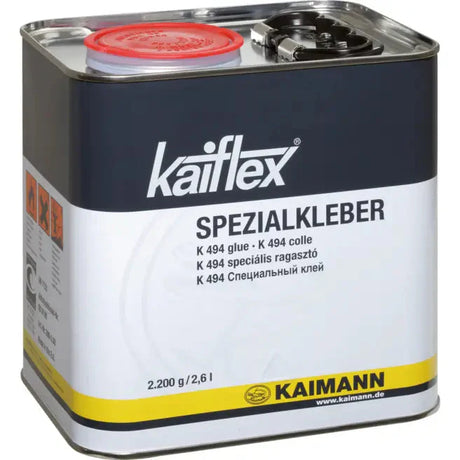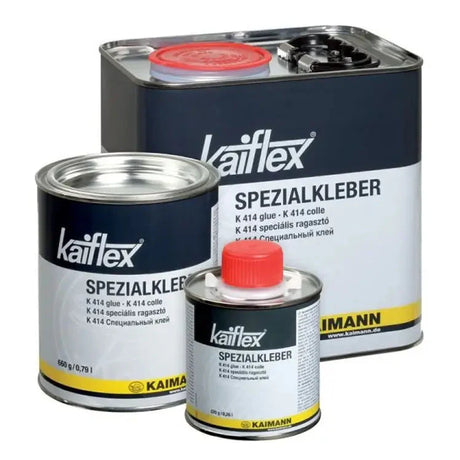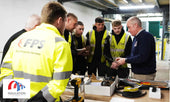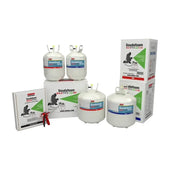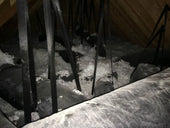Its summer time now and its crucial to prepare early for the next the winter season. And while in summer insulation can still save you money, the need for maintaining the temperature of pipes, roofs, and floors becomes critical the later in the year we get. That's where trace heating cables come in as a reliable and cost-effective solution. In this article, we'll explore what trace heating cables are, how they work, and their benefits.
Table of Contents- Introduction
- What are Trace Heating Cables?
- How do Trace Heating Cables Work?
- Types of Trace Heating Cables
- Applications of Trace Heating Cables
- Benefits of Trace Heating Cables
- Installation and Maintenance of Trace Heating Cables
- Safety Considerations with Trace Heating Cables
- Cost Comparison of Trace Heating Cables with Other Heating Systems
- Conclusion
- FAQs
Introduction
Trace heating cables are electrical cables designed to maintain or raise the temperature of pipes, roofs, floors, tanks, and other equipment. They are commonly used in industrial and commercial settings, as well as in residential buildings. The primary function of trace heating cables is to prevent damage due to freezing and to ensure that the temperature of the equipment stays within a specified range.
What are Trace Heating Cables?
Trace heating cables are made of a resistive heating element surrounded by insulation and a protective outer jacket. The heating element can be made of different materials, such as copper, nickel-chromium, or carbon. The insulation and the jacket provide protection against moisture, heat, and physical damage.
How do Trace Heating Cables Work?
Trace heating cables work by converting electrical energy into heat. The heating element has a specific resistance that causes it to heat up when an electrical current passes through it. The insulation and the jacket prevent the heat from dissipating into the environment, ensuring that the heat is concentrated on the equipment being heated.
Types of Trace Heating Cables
There are three main types of trace heating cables:
Self-Regulating Trace Heating Cables
Self-regulating trace heating cables have a conductive polymer embedded in the heating element. The polymer has a positive temperature coefficient, which means that its resistance increases as the temperature rises. As a result, the cable produces less heat when the temperature is high and more heat when the temperature is low, making it energy-efficient.
Constant Wattage Trace Heating Cables
Constant wattage trace heating cables have a fixed power output per unit length of the cable. They are suitable for maintaining a constant temperature in areas where the ambient temperature is relatively stable.
Mineral-Insulated Trace Heating Cables
Mineral-insulated trace heating cables have a heating element made of a nickel-chromium alloy and are surrounded by magnesium oxide insulation. They are highly durable and can withstand high temperatures and mechanical stress.
Applications of Trace Heating Cables
Trace heating cables have a wide range of applications, including:
Pipe Freeze Protection
Trace heating cables are commonly used for pipe freeze protection. They prevent water pipes from freezing and bursting during cold weather by maintaining the temperature of the pipes above freezing.
Roof and Gutter Deicing
Trace heating cables are also used for roof and gutter deicing. They prevent the formation of ice dams and icicles by maintaining the temperature of the roof above freezing, preventing the accumulation of snow and ice.
Floor Heating
Trace heating cables are used for floor heating, providing warmth to the floor surface and creating a comfortable indoor environment.
Tank Heating
Trace heating cables are used to maintain the temperature of tanks, preventing the contents from freezing or solidifying. This is particularly important for storage tanks used in the chemical, food, and pharmaceutical industries.
Benefits of Trace Heating Cables
Trace heating cables offer several benefits, including:- Energy-efficient: Self-regulating trace heating cables are energy-efficient, as they adjust their heat output according to the ambient temperature.
- Cost-effective: Trace heating cables are a cost-effective solution for maintaining temperature, as they only use electricity when needed.
- Easy to install: Trace heating cables are easy to install and require minimal maintenance.
- Versatile: Trace heating cables can be used for a wide range of applications, making them a versatile solution for temperature maintenance.
- Reliable: Trace heating cables are a reliable solution for preventing damage due to freezing and maintaining a consistent temperature.
Installation and Maintenance of Trace Heating Cables
Trace heating cables should be installed by a qualified electrician or heating engineer. The installation process involves attaching the cable to the surface of the equipment being heated, ensuring that the cable is securely fastened and that the heating element is in contact with the surface. The cable should be connected to a thermostat or temperature controller, which will regulate the heat output of the cable.
Trace heating cables require minimal maintenance, but regular inspection is recommended to ensure that they are functioning correctly. Any damage to the cable or insulation should be repaired immediately, and the cable should be tested periodically to ensure that it is working correctly.
Safety Considerations with Trace Heating Cables
Trace heating cables should be installed in accordance with local electrical codes and regulations. They should be installed on surfaces that are clean, dry, and free from debris, and should not be used in hazardous or explosive environments. It is important to use a GFCI (ground-fault circuit interrupter) with trace heating cables to prevent electrical shock.
Cost Comparison of Trace Heating Cables with Other Heating Systems
Trace heating cables are a cost-effective solution for maintaining temperature compared to other heating systems such as steam tracing, hot water tracing, or electric tracing. They are easy to install, require minimal maintenance, and only use electricity when needed, resulting in lower operating costs.
Conclusion
Trace heating cables are an essential tool for temperature maintenance, providing a cost-effective, reliable, and energy-efficient solution. They are used in a wide range of applications, from pipe freeze protection to floor heating and tank heating. Proper installation and maintenance are essential for ensuring the safe and effective operation of trace heating cables.
FAQs
How do I choose the right type of trace heating cable for my application?
The type of trace heating cable you choose will depend on your specific application. Consider factors such as the length and size of the pipe or equipment being heated, the required temperature range, and the environmental conditions. A qualified electrician or heating engineer can help you choose the right type of cable for your application.
Can trace heating cables be used in hazardous environments?
Trace heating cables should not be used in hazardous environments, such as areas with explosive gases or dust. If you require temperature maintenance in a hazardous environment, consult with a qualified electrician or heating engineer to determine the appropriate heating solution.
How long do trace heating cables last?
Trace heating cables can last for many years with proper installation and maintenance. The lifespan of the cable will depend on factors such as the type of cable, the environmental conditions, and the frequency of use.
Can I install trace heating cables myself, or do I need a professional electrician?
Trace heating cables should be installed by a qualified electrician or heating engineer to ensure that they are installed correctly and safely. Attempting to install the cable yourself can result in electrical shock or fire.
How much does it cost to install trace heating cables?
The cost of installing trace heating cables will depend on factors such as the length and size of the cable, the type of cable, and the complexity of the installation. Consult with a qualified electrician or heating engineer to obtain an accurate estimate of the installation costs.


